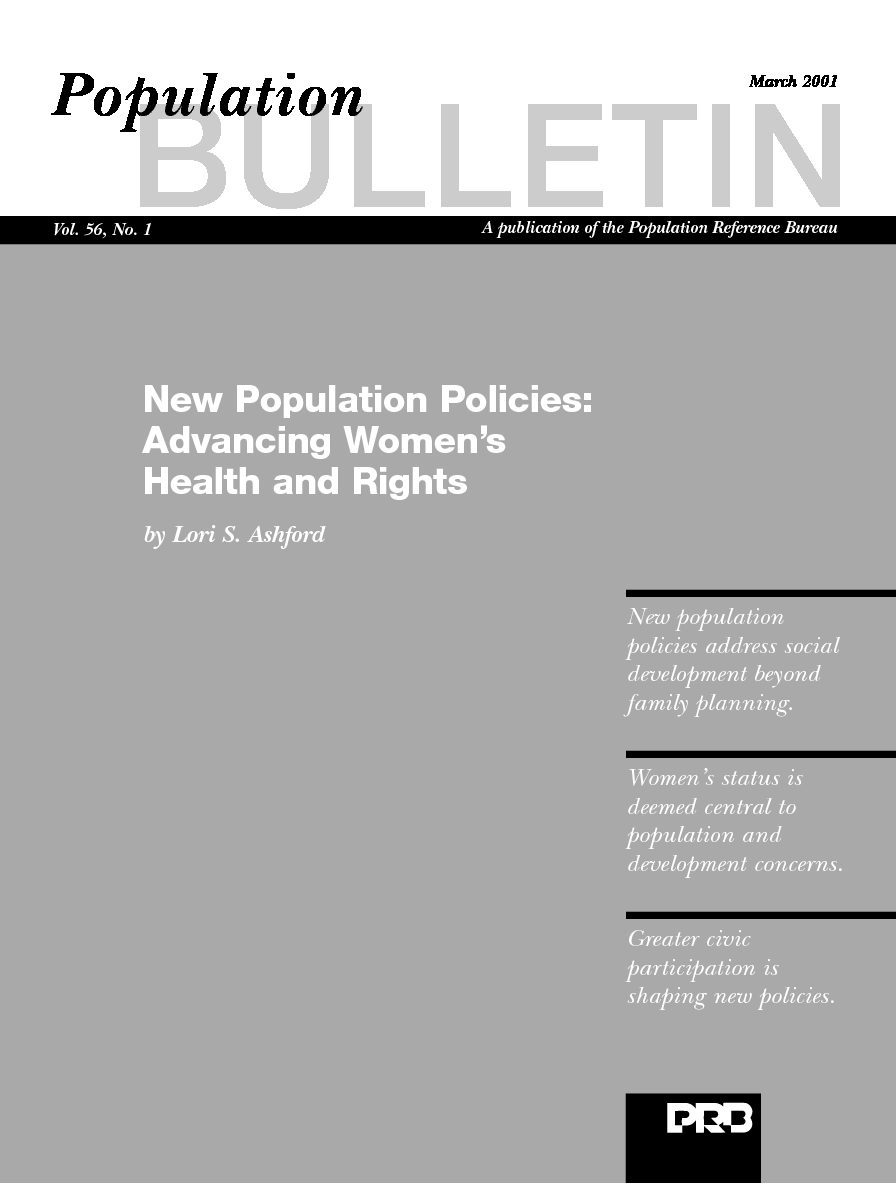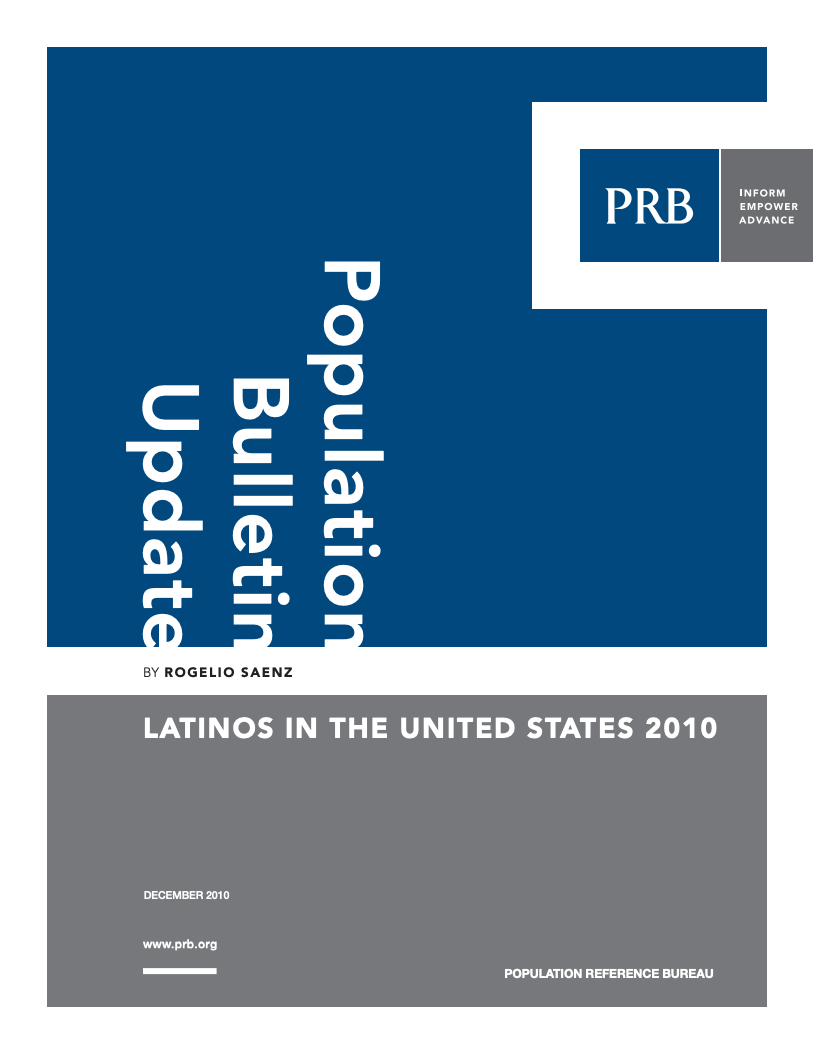928 Search Results Found For : "Low-priced medicines https://simplemedrx.top"

Study Finds U.S. Manufactured-Home Owners Face ‘Quasi-Homelessness’
(October 2004) Rising housing costs in rural America have put homeownership beyond the reach of many working-poor families. Owning a manufactured home (often also known as a "mobile home") in a rural trailer park is often touted to these families as an affordable "next best thing"—and a step toward conventional homeownership.
Ethiopia Makes Progress Toward a Demographic Dividend
Over the last two decades, Ethiopia has experienced an impressive decline in fertility, enjoyed strong economic growth, and made great strides in poverty reduction.
PRB Discuss Online: Are the News Media Holding Governments Accountable on Promises to Improve Public Health?
(2010) Perhaps the greatest satisfaction for a journalist is to see one's reporting produce positive change. Journalists are the link between policymakers and the public, and their role as watchdog is to monitor the actions of government and hold those in charge accountable.
Maternal Mortality in Guatemala: A Preventable Tragedy
(2003) From instituting new maternal health policies to addressing the quality of health services for pregnant women and their newborns, Guatemala is taking a number of steps to try to reduce deaths and disability related to pregnancy, delivery, and postpartum complications.
In U.S., a Sharp Increase in Young Men Living at Home
(2011) More young adults—especially men—are delaying marriage and staying in their parents' homes, according to new data from the U.S. Census Bureau. Between 2007 and 2011, the number of young adults living at home rose from 4.7 million to 5.9 million—contributing to an increase in "doubled-up" households since the onset of the recession.1

The Dynamics of Latino Population Growth
(2010) Latinos are increasingly shaping the demographic makeup of the United States.
U.S. Population Could Reach 438 Million by 2050, and Immigration Is Key
(2008) A new report from the Pew Research Center projects that immigration will propel the U.S. population total to 438 million by 2050, from 303 million today (see Figure 1). Along with this growth, the racial and ethnic profile of Americans will continue to shift—with non-Hispanic whites losing their majority status.

